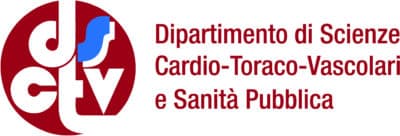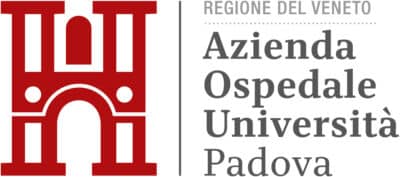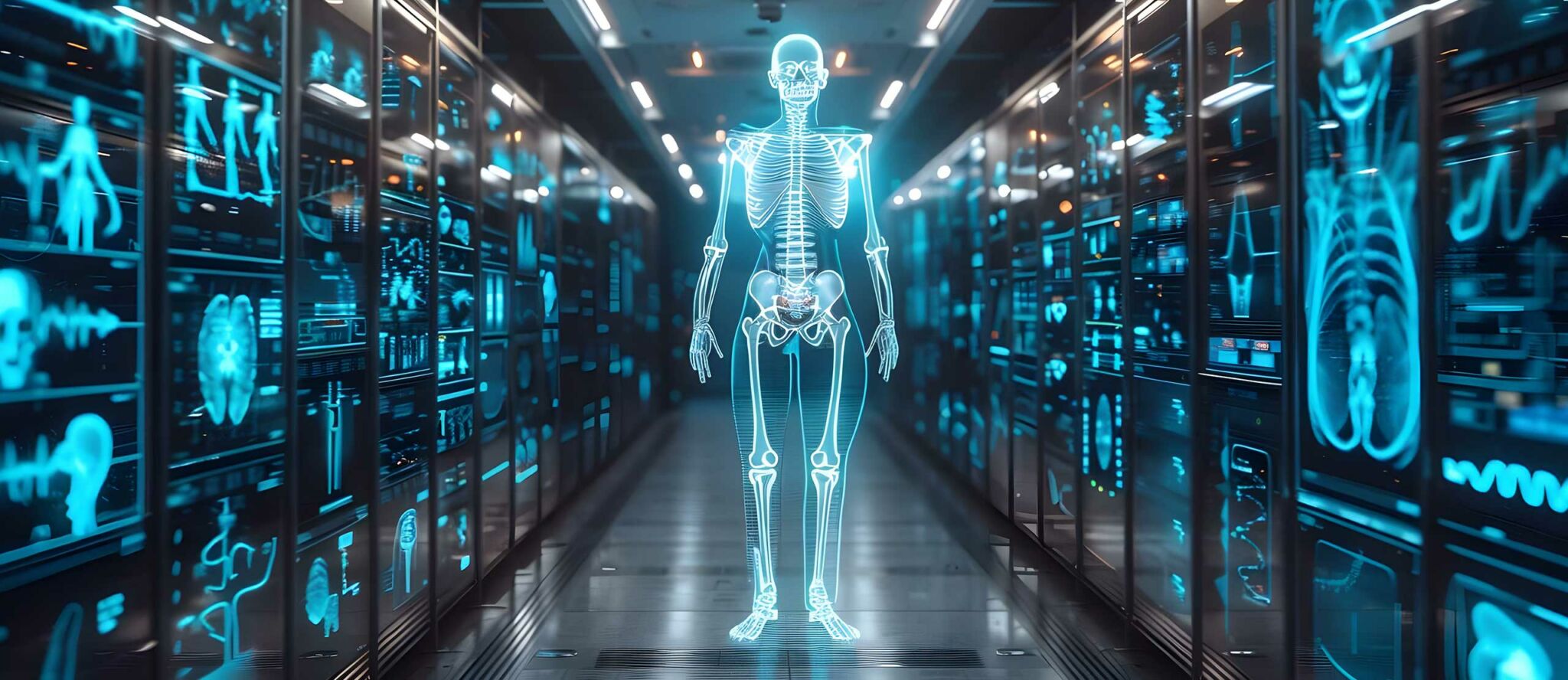

The Master in Radiomics: Advanced Quantitative Image Analysis Techniques provides theoretical-practical training on advanced image analysis to doctors, scholars and scientists of several disciplines, to make them independent in the development of multidisciplinary research projects.
Considering the increasing integration of imaging in the different fields of medicine, the Master, by exploring statistics and data processing techniques, segmentation and complex variable extraction methods, provides the competences needed to apply radiomics analysis to different fields, including the cardio-thoravascular, abdominal and musculoskeletal systems.
Purpose of the Master is training professionals capable of acquiring and integrating the skills needed to perform quantitative image analysis and create predictive models including radiomics, clinical-laboratory and histological variables.
The Master in Radiomics: Advanced Quantitative Image Analysis Techniques is an interdisciplinary course, whose purpose is to provide theoretical-practical quantitative image analysis training, in order to make students independent in developing research projects in this field. Students will learn how to apply complex quantitative analyses, by optimizing the different data collection, processing and integration phases.
It features on-demand lessons, as it was designed for students and professionals who wish to conciliate other activities and professions with the need to qualify or specialize themselves further.
The Master in Radiomics: Advanced Quantitative Image Analysis Techniques is addressed to doctors in different fields, such as radiologists, nuclear physicians, interns, anatomo-pathologists, cardiologists, pneumologists, surgeons, rheumatologists, and even researchers and scholars, working in the public or private sector.
Career opportunities include public and private research centres, hospitals, and technological and pharmaceutical industries. At the end of the training course, professionals have the option of developing multidisciplinary projects, within their research and clinical field, including radiomics analysis, and to process also predictive models. The skills acquired are an excellent resource, allowing participants to implement advanced and cutting-edge research projects in their practice.
The Master in Radiomics: Advanced Quantitative Image Analysis Techniques provides specific training on the following modules:
Module 1 – FUNDAMENTAL RADIOMICS PRINCIPLES
Students will gather basic and advanced skills to complete a radiomics project (this module includes statistical analysis skills and creation of mathematical models suited to the scope of the research).
Module 2 – IMAGES, SOFTWARE AND SEGMENTATION
Students will learn how to choose the type of radiological investigation for the scope of the study, by understanding its potential and limits. Moreover, they will learn how to use the variable segmentation and extraction software.
Module 3 – HOW TO APPLY RADIOMICS IN A CLINICAL SETTING
Students will learn how to create and integrate radiomics model in a clinical environment, and will acquire suitable skills to create projects in different fields of medicine (oncology, rare illnesses, etc.)
The Master’s program lasts for one year, and the video lectures are held between the end of the year and the following spring. The teaching is delivered entirely online through the Moodle platform and follows an on-demand format: recordings can be viewed at any time after being uploaded, with 24/7 access available to students.
Interaction between students and instructors is frequent and immediate through the Moodle Forum, a space dedicated to sharing reflections and asking questions about the various modules of the Master’s program. At the end of each module, students are required to complete homework asynchronously to assess the skills they have acquired.
There are no laboratory activities, internships, or traineeships; however, students are required to prepare a final Project Work, which will be discussed online via the Zoom platform.
The general ranking of merit will be published on the Italian page of this Master according to the timing provided in the Call.
Information
FAQ
Attendance is mandatory, and in order to obtain the title, 70% of the online lessons must be completed.
- Exemption for Students with Disabilities
No enrollment fee is required for candidates with certified disabilities and an invalidity between 66% and 100%, or for those with certification pursuant to Law no. 104. These students are only required to pay the pre-enrollment fee, insurance, and stamp duties. - “PA110 e Lode” Discount
Public Administration employees enrolling in the Master’s program benefit from a €330 discount on the second installment of the enrollment fee. - Enrollment for University Staff
Over-quota enrollment is available for university staff to support continuous and lifelong learning. The enrollment fee for the university’s technical-administrative staff is 20% of the standard fee. If the staff member meets the admission requirements, they may obtain the corresponding Diploma or Certificate upon completion. If they do not meet the requirements, they may be admitted as an auditor and receive a certificate of attendance. - Enrollment Fee for Auditors
Auditors are required to pay 50% of the course enrollment fee. At the end of the course, auditors who have met the minimum attendance requirement may receive a certificate of attendance issued by the Course Director.
The final Project Work will consist in a paper exploring one of the topics covered during the Master in detail. During the Project Work (generally from the end of the Master until the beginning of September), students will be flanked by a tutor for the entire process. At the end of the course, students will present their Project Work before an on-line committee on the Zoom platform.
Concerning the image segmentation and radiomics variable extraction, the lessons will focus on the use of an open-source (for both Mac and Windows users) software.
Admission to the Master’s program is based solely on qualifications. The details are outlined in the Master’s admission notice, which can be found on the University of Padua’s website.

